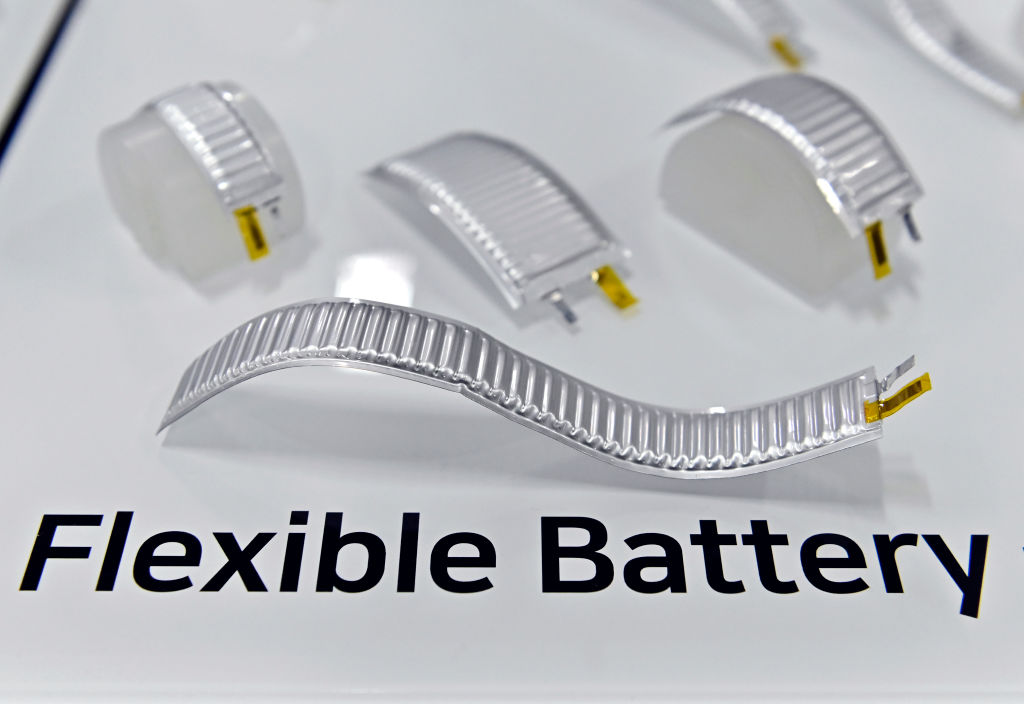The Rise of Flexible Battery
The electronics industry has seen tremendous innovations over the past few decades that have transformed how we interact with technology. From rigid desktop computers to powerful yet thin smartphones, flexible displays to wearables – devices are becoming ever more portable and adaptable to our mobile lifestyles. However, one key component that has held back further innovations is the rigid battery. Researchers have long aimed to develop flexible battery technology that can power the flexible devices of the future. Recent advances indicate we are on the cusp of a new era of Flexible Battery.
Need for Flexible Power Sources
As electronics evolve to become lighter, thinner and more adaptable in form, the rigid and bulky battery has emerged as a key limitation. Rigid batteries restrict how thin and flexible consumer devices can be made. They also pose challenges for incorporating power sources into wearables and implants. The inflexibility of current battery technology conflicts with the trend toward flexible displays, rollable screens and stretchable electronics. Flexible power sources are necessary to fully unlock the potential of next-gen flexible and stretchable devices. Batteries need to bend and flex along with the devices without breaking or losing performance.
Early Flexible Battery Developments
Researchers began exploring flexible battery designs over a decade ago. Early prototypes used novel materials like lithium-ion conductive papers and flexible polymer substrates. While a step in the right direction, these batteries suffered from low capacities and cycle life. Another approach used thin film deposition techniques to create batteries just a few microns thick on plastic substrates. However, it was difficult to scale up production of such microbatteries. In recent years, advances in materials science have enabled major improvements. Novel nanomaterials and 3D designs have resulted in Flexible Battery with high areal capacities rivaling rigid batteries.
Making the Leap with Graphene and 3D Structures
Graphene has emerged as a revolutionary material for developing flexible power sources due to its unique properties. Single-atom thick graphene is not just flexible but also lightweight, durable and highly conductive. Researchers have demonstrated flexible battery prototypes using graphene current collectors and electrolyte layers that retain over 90% capacity after 1000 bends. 3D architectures like graphene foam further boost power and energy densities. Novel 3D interconnecting architectures utilize every nook and cranny of space to pack in active materials without compromising flexibility. When combined with lightweight polymer substrates, these developments have yielded flexible coin cell batteries just a few millimeters thick with capacities over 200 mAh/g.
Moving Toward Commercialization
With advances dissolving many technical hurdles, Flexible Battery are entering commercialization phase. Several startups are developing production processes to mass manufacture flexible battery sheets and paper-thin batteries. Applications targeted include wearables, electronic skin patches, smart packaging and more. Rollable displays may soon become a reality powered by matching rollable stacked battery packs. Breakthroughs in bending stable solid-state electrolytes also promise safer Flexible Battery. Mass production will further drive down costs, making flexible energy storage commercially viable. Within this decade, Flexible Battery may power the flexible gadgets and truly wearable technologies of the future.
Key Challenges Remain
While rapid progress has been made, some challenges still remain before Flexible Battery can match conventional rigid counterparts in all aspects. Flex life (no. of bend cycles before failure) needs to exceed 1000 cycles for most applications. Bending mechanics could cause cumulative stress and structural damage to electrodes over long-term use. Improving mechanical flexibility-retention balance is crucial. Other issues include inconsistent capacity retention depending on bend radius. Safety also needs upgrading for bendable lithium-ion and beyond-lithium chemistries. Developing pouch or paper-packaging to further prevent potential cell failure also requires work. Overcoming these remaining technical roadblocks will be important for commercial and consumer acceptance of flexible power sources.
With a strong focus on R&D, Flexible Battery have made giant strides in a short period of time from an invention to commercialization stage. Graphene and 3D architectures have played a vital role in developing flexible battery prototypes that rival rigid cells. Flexible power sources are essential to propel innovations in displays, wearables and beyond. While challenges persist in areas like bend cycle life, safety and manufacturing; the next few years will likely see further technological and commercialization milestones as research intensifies. Flexible Battery are primed to become mainstream and power the flexible future, finally enabling truly foldable, rollable and wearable electronic devices.
*Note:
1. Source: Coherent Market Insights, Public sources, Desk research
2. We have leveraged AI tools to mine information and compile it



